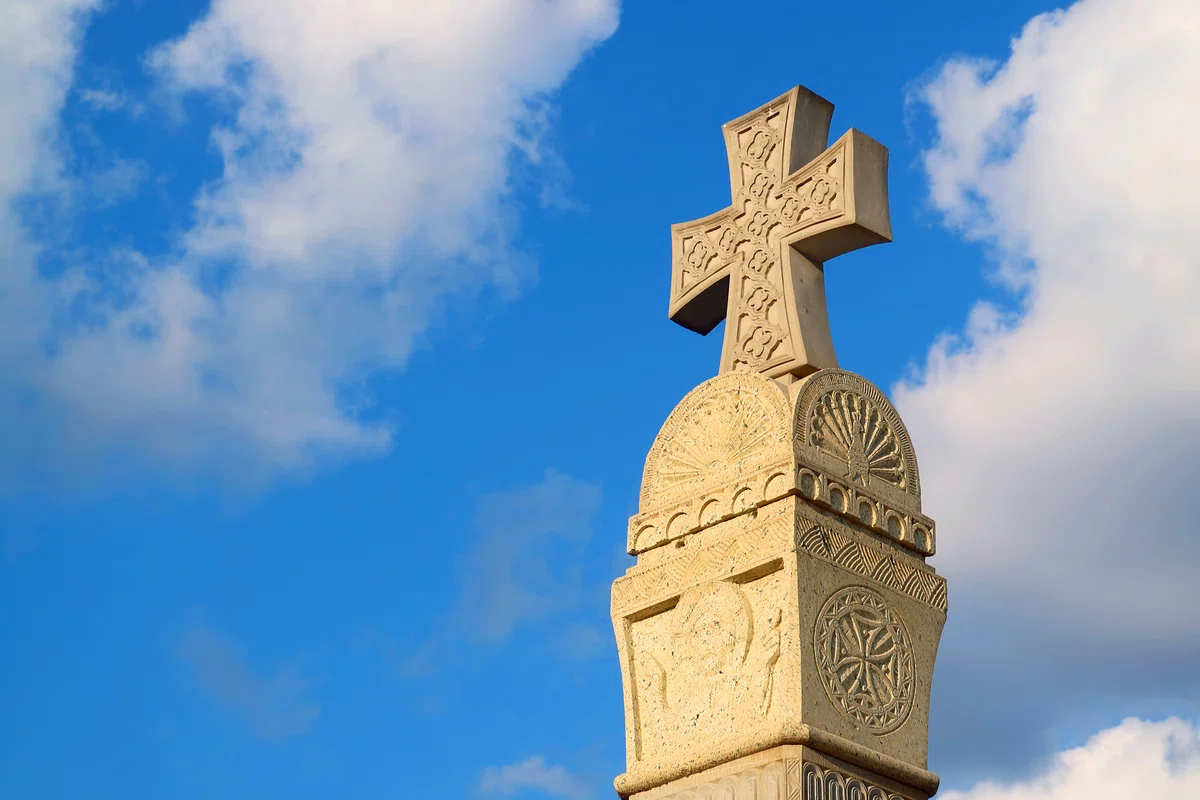
Multicultural Georgia. World Religions on the territory of Georgia: Christianity, Catholicism, Islam.
World Religions of Georgia: The Armenian Apostolic Church, the Russian Orthodox Church, Christianity and the Roman Catholic Church. Mostly believers profess Monophysitism, which contradicts the traditional division of the Orthodox Church into Eastern and Byzantine-Slavic.
Learn all about religion on the territory of Georgia⬇️
Georgia is an infinitely beautiful and vast country located on the Eastern coast of the Black Sea, in the western Transcaucasia. If you ask: “What religion is practiced on the territory of Georgia?” and you will be told that Orthodox or Catholic — it will be absolutely true. Georgia is a multicultural country in which tolerant norms and the right to choose a particular religion have been established for many centuries.
Let's look at the statistics of the spread of various religions in Georgia:
- Armenian Apostolic Church it has the largest number — 5%.
- The Russian Orthodox Church is in second place. There are 3% Christians in Georgia.
- A small share is occupied by the Roman Catholic Church - only 1.5%.
Russian Russian Orthodox Church There are also about twenty Old Believer communities in Georgia, belonging both to the Russian Church in Romania and to the Russian Old Orthodox Church.
Christian Faith in Georgia
In historical sources the Georgian state information is stored that the Christian faith was brought to these lands by the Bogomolets Andrey Pervozvanny. He traveled and preached in many large cities, showing people the sacred image of the Virgin. The adoption of Christianity in Georgia dates back to 337.
There are many legends related to religion in Georgia, one of them sounds like this:
“When God distributed the land among different peoples, Georgians were very busy with a feast on the occasion of the creation of the world. Therefore, they did not come to the distribution. Later, when they appeared to God, it became clear that they were too late. Then the Georgians said to the Lord:
- Sorry, Dear, we were late, because we drank to Your health!
God thought and said:
- All right, my dears. I have a place for you too. I have kept it for myself, but for your honesty and directness I give it to you. But remember that this land is so beautiful that people in all ages will admire and admire it.” This is how Georgia appeared.
In Georgia, they honor Christian traditions and celebrate big holidays.

The main Orthodox holidays in Georgia
- Christmas – celebrated on January 7;
- Assumption of the Virgin – celebrated by Christians on August 28;
- St. George's Day is celebrated on November 23;
- Svetitskhovloba – is listed as a holiday on October 14.
It is believed that in public holidays God's condescension is granted to people. On such days, even prisoners are pardoned.
History of Georgian Orthodoxy
This is the story of martyrdom for Christ. Georgia has been conquered and defeated for several centuries, but people continued to fight for their faith, dying a martyr's death at the hands of the Muslim yoke, Arabs, Turks, Persians, imposing their religion on the Orthodox country. There were so many deaths that church tradition preserved the names of only those martyrs who were especially famous for their exploits.
The struggle continued in the period from IV to XIX centuries. All this time, the people carried out active educational activities. Small churches, temples and monasteries were built all over Georgia, serving as a center of education and enlightenment of people to Christianity. The victorious point was the annexation of Georgia to the Russian Empire. In 1917, at the end of the revolution, the Georgian Church was recognized as independent.
To date, there are 29 Christian churches throughout Georgia, and ten of them are located in Tbilisi: St. Nicholas Church, the Church of the Forty Martyrs, the Church of St. George the Victorious, the Church of John the Theologian, the Cathedral of the Holy Trinity, Metekhi Assumption Church, Zion Cathedral, Anchiskhati Church, Alexander Nevsky Church, the Church of the Holy David of Gareja. The rest were built in other cities of Georgia.
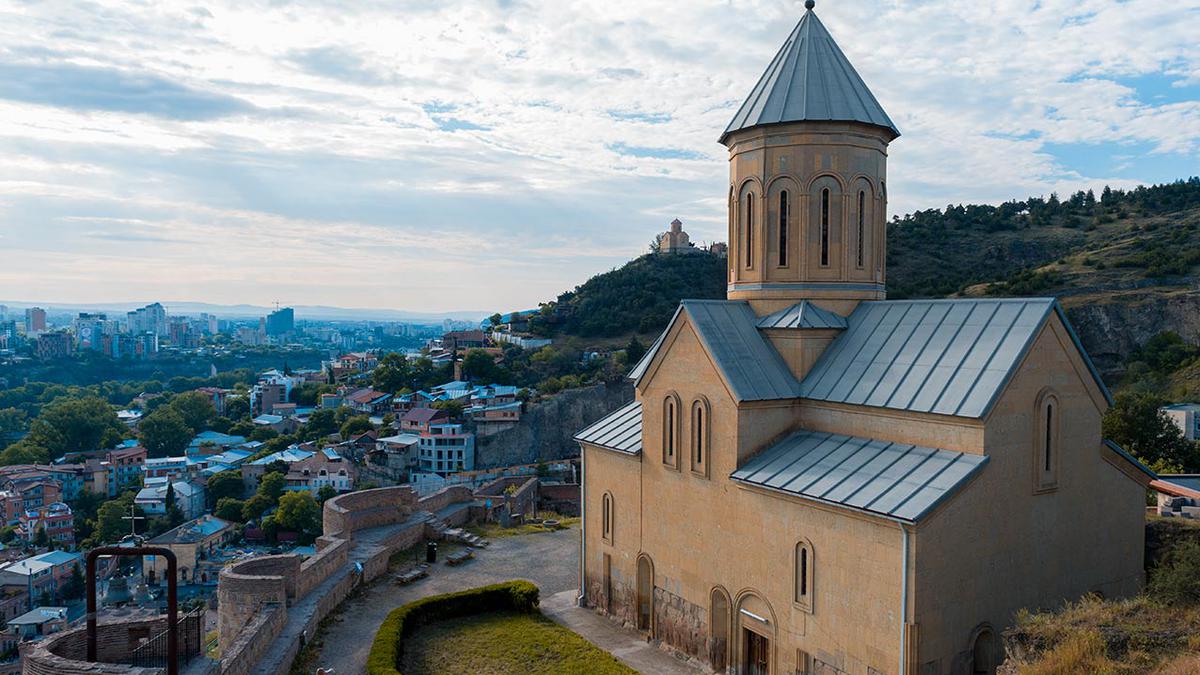
Bloody Bridge
Georgian Orthodox Christianity has left a bloody imprint on the sad history of Georgia. It traces the incredible strength of spirit, pain and mass self-sacrifice of people in the name of faith.
This story tells us about the first case of the Georgian people being forced to practice Islam. It all started with the fact that in 1226 Khorezmshah Jalaleddin invaded the Georgian lands. He ordered his army to collect all the icons available in Georgian houses and churches and lay them on the bridge. After that, people were forcibly brought to the bridge, and the Khorezm Shah ordered them to desecrate the icons. People, in fear for their lives, began to carry out his order, but not everyone was ready to obey. More than a hundred people faced death that day, expressing their unwillingness to carry out such an order. Among them were men, women, old people and children. Jalaleddin spared no one. Their dead bodies lay for a long time on that bridge along with the icons. All these people were canonized. Their deed is still revered in Georgia on October 31.
After this event, two more mass murders of Christians were committed in 1386 and 1616. The first was made by the Turkic-Mongol commander and conqueror Tamerlane. His army completely exterminated the nuns of the Kvabtakhevsky monastery. Later, a second murder was committed in the David-Gareji monastery. 6,000 monks were killed on the orders of the reformer and commander of his country — Abbas.
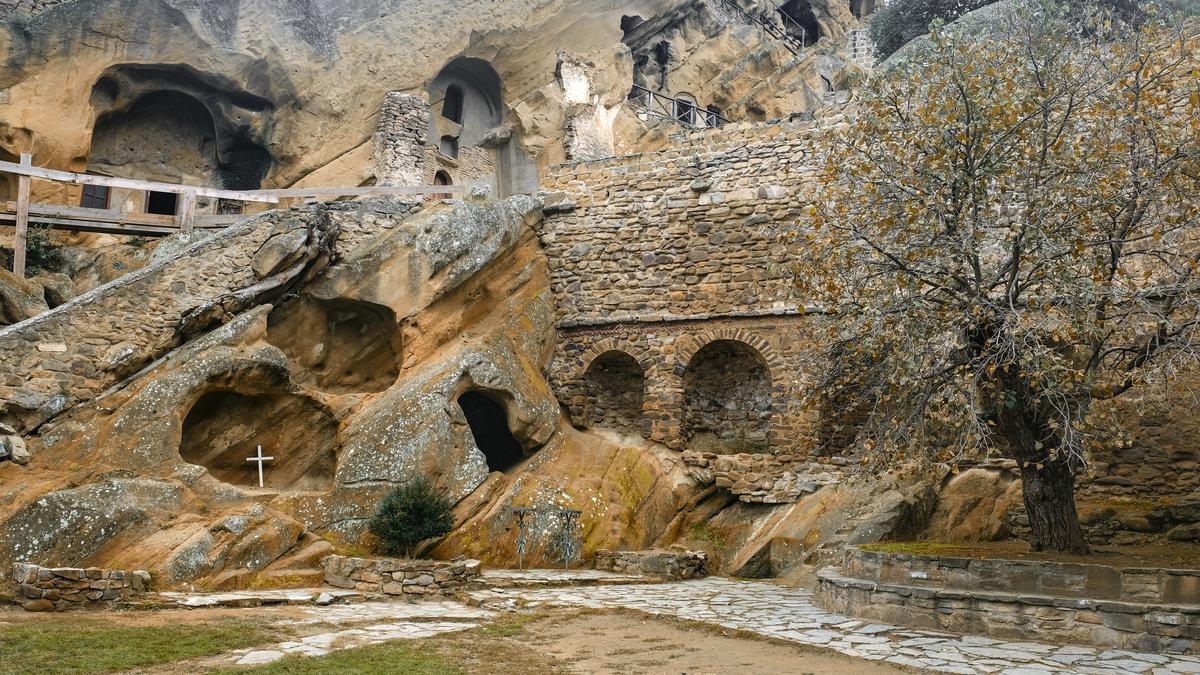
Georgian Christianity in the Modern State
The Georgian Apostolic Autocephalous Orthodox Church is a representative of the community. It is headed by the Patriarch–Catholicos. Religion made a great contribution to the culture of Georgia — it created and developed a written language among the people, at that time called Asomtavruli (otherwise it was called Mrglovani). This type of writing is characterized by its roundness, having geometric symmetry and verticality in the letter. The technique of writing was that the letter seemed to fit into the frame of a square. We used this type of writing on papyrus or paper.
Nuskha-Khutsuri is a lowercase letter. Its difference is that the writing is an example of a four-line system. A four-line grid was drawn on leather or paper made from it. At many stages, traces and lines of grids are noticeable, applied with the tip of a special writing accessory. This type of writing is called angular, since the letters are slightly tilted when writing.
In 2001, the Government and the Church of Georgia signed an agreement stating the advantages of the Orthodox Church as an official one over other confessions. But in 2011, the Constitution was amended, making all religions of the country equal.
Armenian Church in Georgia
In Georgia, the Armenian Church appears to be one of the largest confessions. The Armenian Apostolic Church is considered Orthodox, but not in the generally accepted sense of this concept. Believers profess Monophysitism, which contradicts the traditional division of the Orthodox Church into Eastern and Byzantine-Slavic. Recent studies have shown that more than 250 thousand Armenians living in Georgia profess Monophysitism.
Previously, more than 650 Armenian churches were located on the territory of Georgia. Some of them were demolished or destroyed, and the other was rebuilt into Georgian churches. There are only two functioning churches left in Tbilisi: St. Gevorg on the Maidan and the Church of Nor Etchmiadzin.
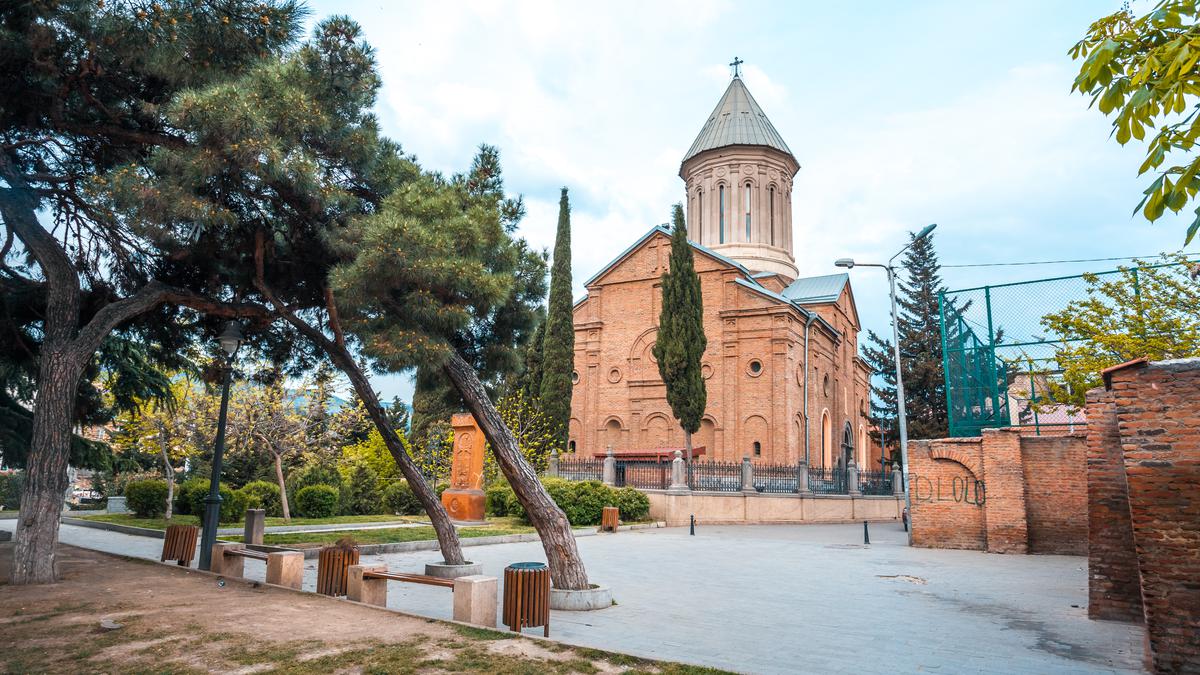
Catholicism in Georgia
Representatives of the Catholic Church are located in large cities in the southern part of Georgia. Their number is about 100 thousand people. Catholicism in Georgia is represented by the faithful of the Roman Catholic and Armenian Catholic Churches. In 1991, after the restoration of Georgian state independence, the Catholic Church gained freedom in its activities.
Today there are more than 30 open Catholic churches on the territory of Georgia: the Church of the Holy Cross, the Armenian Catholic Church of the Most Holy Theotokos, the Church of the Holy Spirit, Bolnisi Zion, Anchiskhati, the Cathedral of the Ascension of the Virgin Mary, Lamaria, the Roman Catholic Church of the Ascension of Jesus Christ, the Church of St. George in Eredvi and others.
Islam in Georgia
Frequent invasions of Georgian lands by Islamic states and Arab troops in the period from the XV-XVIII century, led to the formation of such a religion as Islam on the territory of Georgia. Islam belongs to a number of faiths. The Muslim community is divided into two parts:
- Shiites
- Sunnis
The large-scale spread of the Muslim religion was facilitated by the population professing this particular religion. Of the total population of Georgia, Muslims make up 10%. Among them: Azerbaijanis, Adjarians, Lezgins and many others.
The only mosque in Georgia in which Shiites and Sunnis pray together has been preserved in Tbilisi since Soviet times. To date, 130 mosques have been registered. And only 50 of them are located in Kvemo Kartli.
Despite its relatively small size, Georgia combines many religions, faiths and peoples. The ancient history that the ancestors managed to preserve to this day proves the greatness, courage and devotion to the traditions of the Georgian people.
Thanks to this, today we can touch not only medieval times, but also the period of formation of man himself 5 thousand years ago. After all, it was Georgia that became the place where the first Caucasian representative of the human race was discovered.
Learn more about the incredible country in the Madloba catalog. Here we publish a variety of facts about the sights of Georgia, modern life and national way of life. Leave your own comments and share your opinion about the character of the Georgian people and their hospitality.
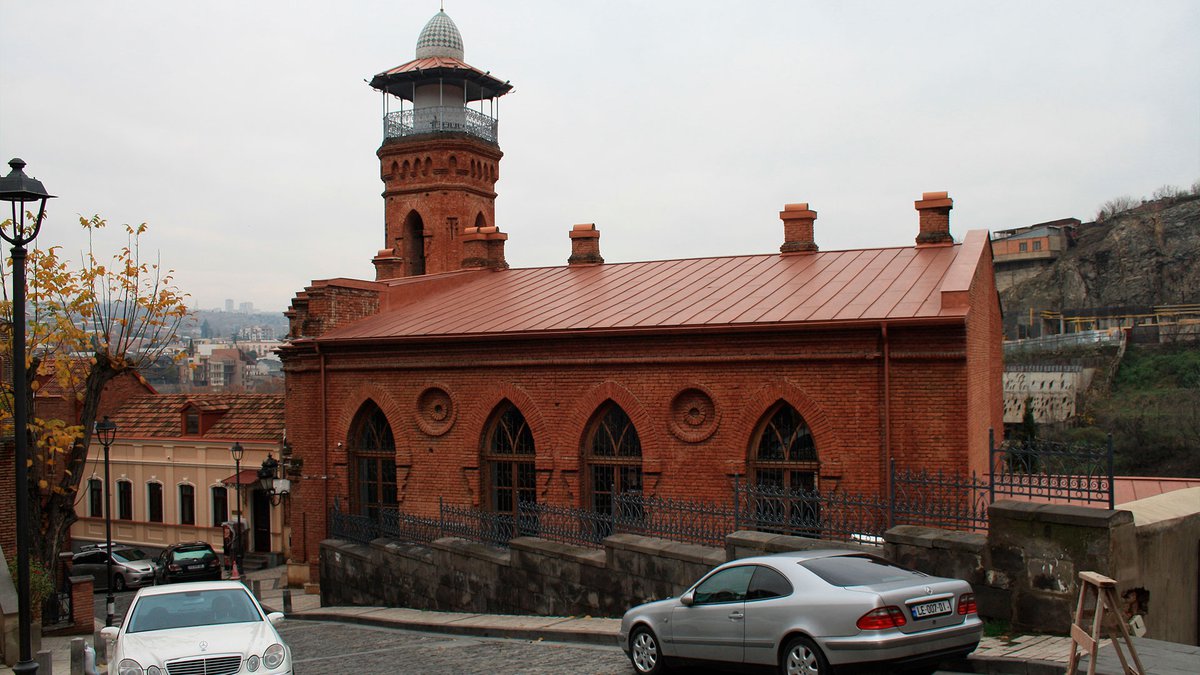












33 comments
Log in to leave a comment